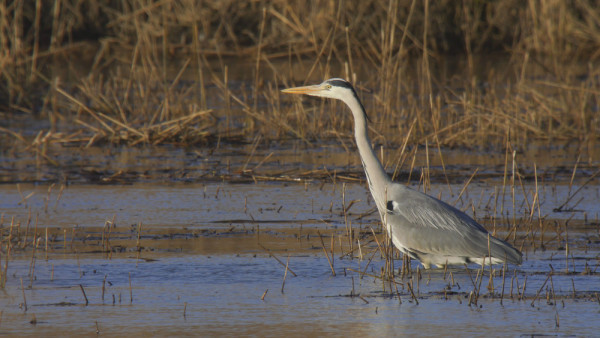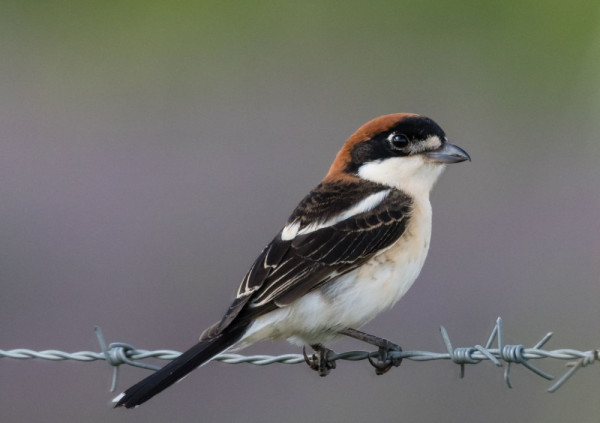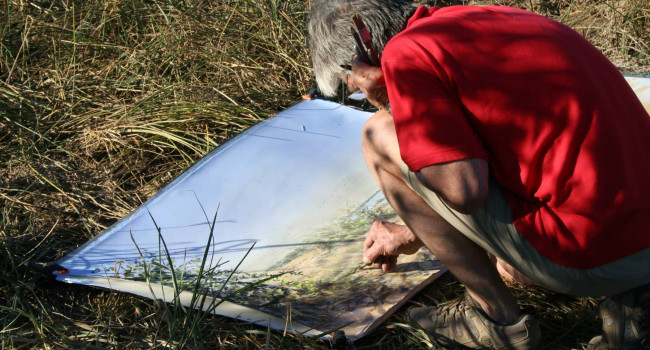
Migration blog (3rd – 9th September)
Scott’s role includes the day-to-day running of BirdTrack: updating the application, assisting county recorders by checking records and corresponding with observers.
Relates to projects
With the first days of autumn upon us and the breeding season over for many species the focus is now on preparing for the coming winter months. Whilst some species will remain within Britain and Ireland others will be leaving or passing through en route to wintering grounds further south.
High pressure in the past week dominated the weather with a northerly airflow pulling in winds and cloud from the North Sea, resulting in overcast conditions and a chilly wind for many parts. Reports of both Chiffchaff and Lesser Whitethroat increased, with both species showing the expected early autumn increase in reporting rate as Scandinavian birds join those moving down the east coast of Britain. Willow Warbler, Whitethroat and Blackcap were also widely reported with many of the Blackcaps sporting the rusty caps of this year's young. Mixed in with these, like the previous week, were a handful of reports of Greenish and Icterine Warblers and Wrynecks especially from southern locations, indicating these are likely to be birds that arrived a few days before and filtered southwards through Britain.
The northerly winds were conducive to an increase in seabird reports and it was no surprise that reports of Sooty and Balearic Shearwaters increased, alongside higher numbers of Great, Arctic, and especially Long-tailed Skuas. The typically later-departing Sandwich Tern were noted past many a coastal location, as flocks of adult birds were accompanied by ever vocal young birds. some even made an appearance at inland locations, a true inland patch mega.
With the shortening days wildfowl numbers started to build as they began to return ahead of the coming winter. Teal, Wigeon, and Gadwall all saw an increase in their reporting rates. Over the coming weeks the post-breeding duck moult will finish and birds fresh out of their eclipse plumage will once again make the job of identifying them a little easier. The first Light-bellied Brent Geese also arrived – these birds breed in the Canadian Arctic and typically arrive a couple of weeks ahead of their eurasian arctic breeding Dark-bellied cousins.
Wader numbers began to build as the juveniles of many species arrived a few weeks behind their parents who left before them, leaving them to navigate on their own. Turnstone, Little Stint, Ringed Plover, Sanderling, and Spotted Redshank numbers increased, with juveniles in fresh plumage delighting many an observer.

Species focus — Grey Heron
As we move into autumn we will begin to notice Grey Herons on the move, sometimes alone and sometimes in small flocks. It is easy to assume that they are birds moving between favoured fishing areas but in fact these herons could be on migration. It is well known that northern populations move south as their breeding areas begin to freeze, with some Scandinavian birds crossing the North Sea for the relatively balmy conditions that Britain and Ireland have to offer. Of the ringing recoveries, those from birds from Norway were mainly found in the north of Britain with those from the Netherlands being mainly found in the south. These migrant herons begin to arrive in September and October.
The movements of Grey Herons that are ringed as nestlings here in Britain and Ireland are also interesting. Most of the foreign recoveries are from France but birds have been found in the Netherlands, Belgium, Spain, with occasional recoveries from Iceland, Norway, Denmark, Germany, Portugal, Morocco and the Gambia.
The British Grey Heron population is estimated to be around 10,500 pairs and it is green listed as of least concern.
So, during the next few months give a thought to those Grey Herons flying overhead – they might be going further than you think.
An period of light easterly winds will proceed this during Saturday into Sunday and is likely to bring with it a fresh wave of migrant passerines from Europe.
Looking ahead
With the high pressure that has dominated the weather for much of August slipping away, more changeable conditions are forecast to reach Britain and Ireland by the weekend. A weakening band of rain should cross much of the country from the end of the weekend in to next week dragging in a south easterly airflow as it does so. An period of light easterly winds will proceed this during Saturday into Sunday and is likely to bring with it a fresh wave of migrant passerines from Europe. Much like the past week, this will most likely involve Pied and Spotted Flycatcher, Lesser Whitethroat, Whinchat, Yellow Wagtail, Tree Pipit, and the occasional Red-backed Shrike, Wryneck, and Barred Warbler. Scarcer species could include Citrine Wagtail, Greenish Warbler, Red-breasted Flycatcher, Lesser Grey Shrike, or Common Rosefinch.

After the band of rain has passed in the early part of next week a light easterly breeze will slowly change to a stronger westerly wind as another front crosses Britain and Ireland. This however will be short lived and is likely to have little impact on migration, with those birds that are migrating likely just to pause a day or two until conditions improve. By midweek a return to easterlies and showery rain could result in more common migrants appearing along eastern coasts and inland as birds move through the country. All in all it is looking like the coming week could be very productive.








Share this page